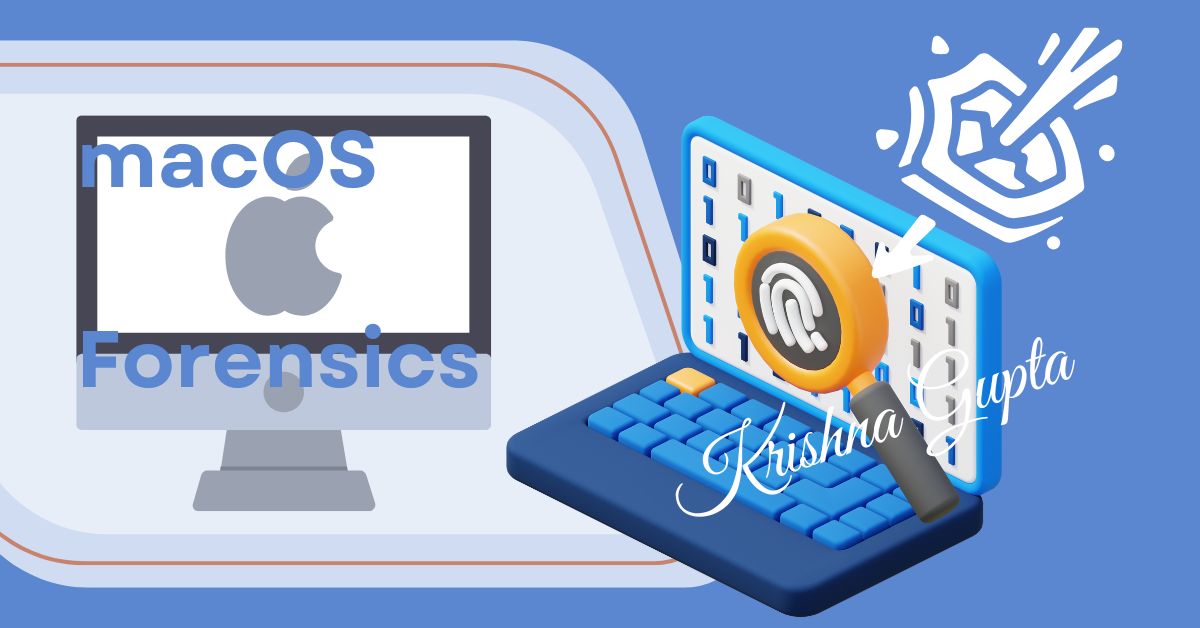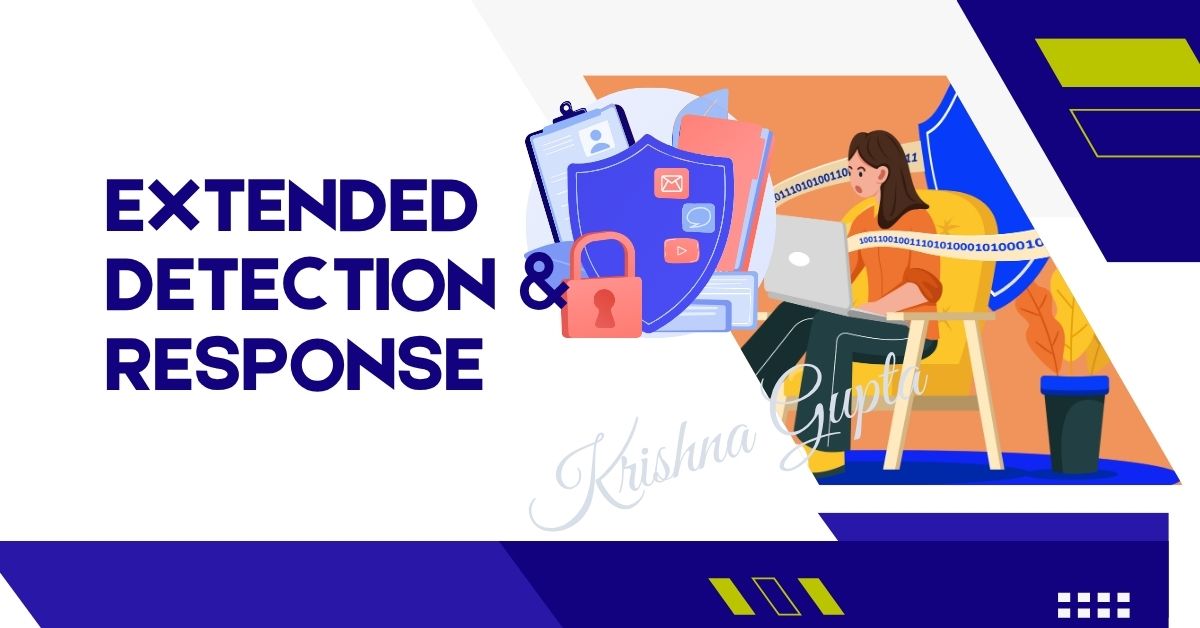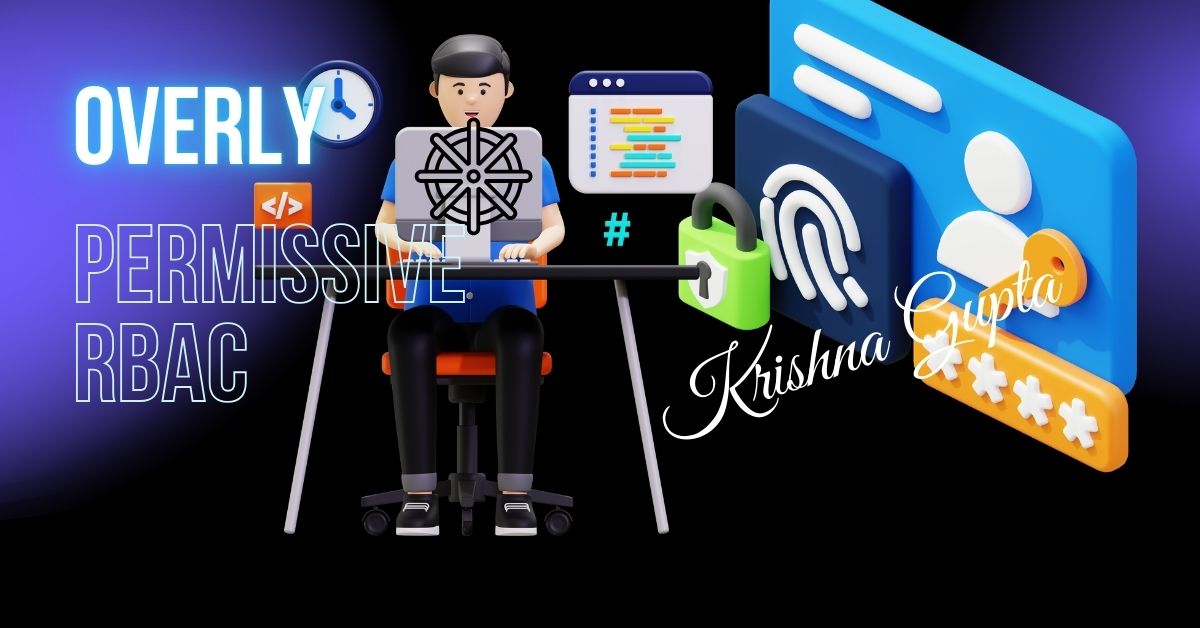Mac Forensics in VAPT: A Strategic Guide for C-Suite Executives
Mac forensics is the discipline of acquiring, analysing, and interpreting digital evidence from Apple macOS devices. It involves techniques and tools specifically designed to handle the intricacies of macOS file systems, memory architecture, and hardware security.
VAPT is a proactive methodology focused on identifying, assessing, and exploiting security vulnerabilities in a controlled manner. It is forward-looking and preventative in nature.
Digital Forensics, on the other hand, is a reactive methodology focused on collecting, analysing, and preserving data related to security incidents, breaches, or legal investigations. It is retrospective and evidence-driven.
On Apple Macintoshes, where encryption, proprietary system configurations, and closed hardware are prevalent, these two fields must work in tandem to ensure both prevention and response are covered comprehensively.




